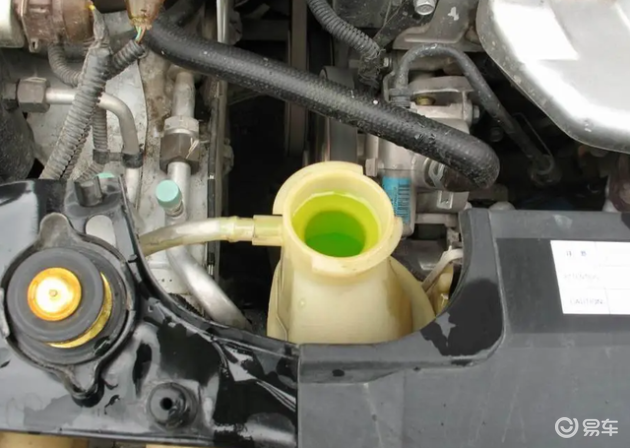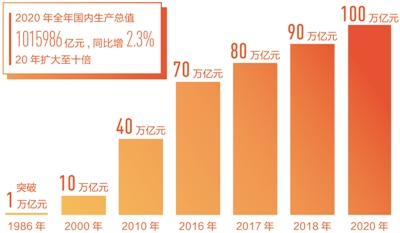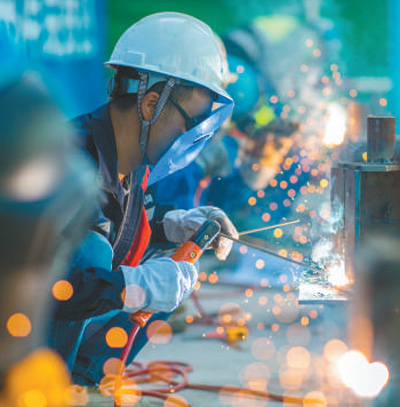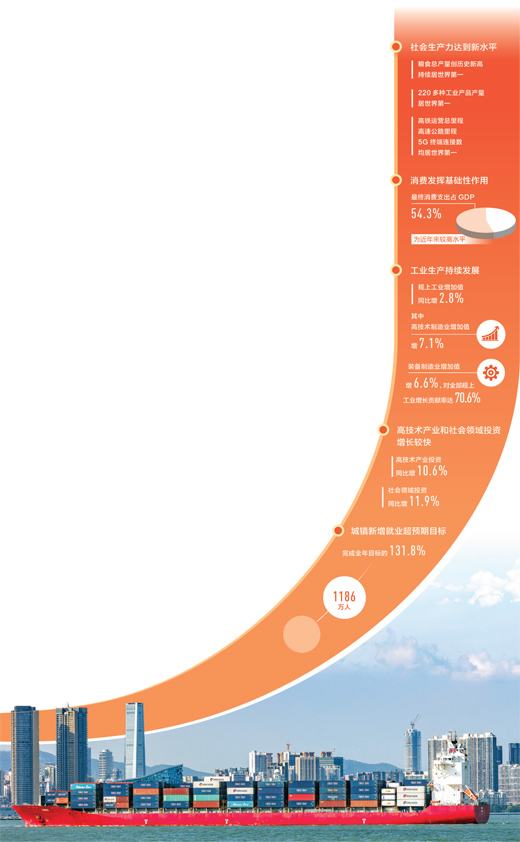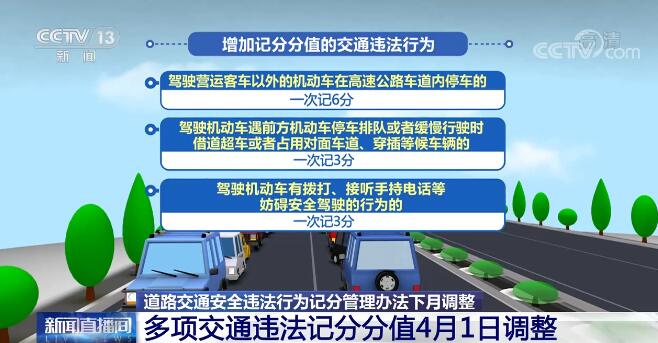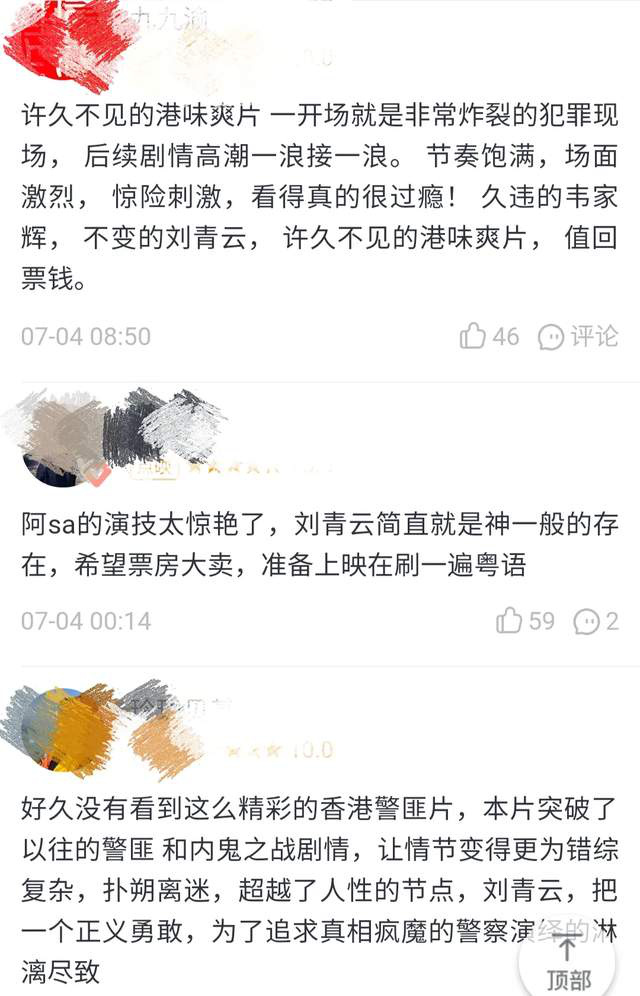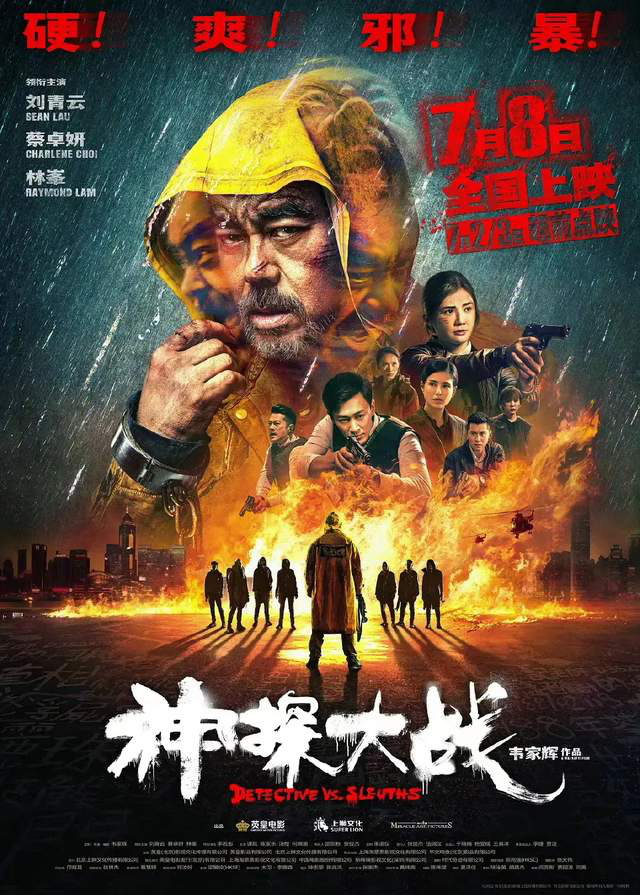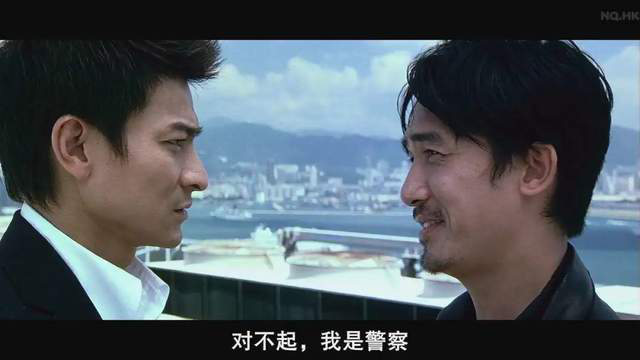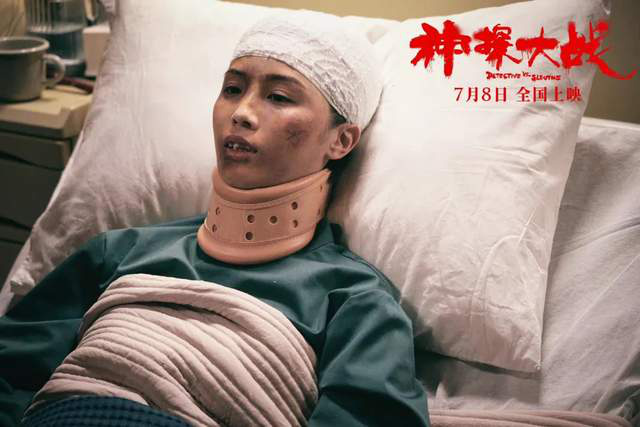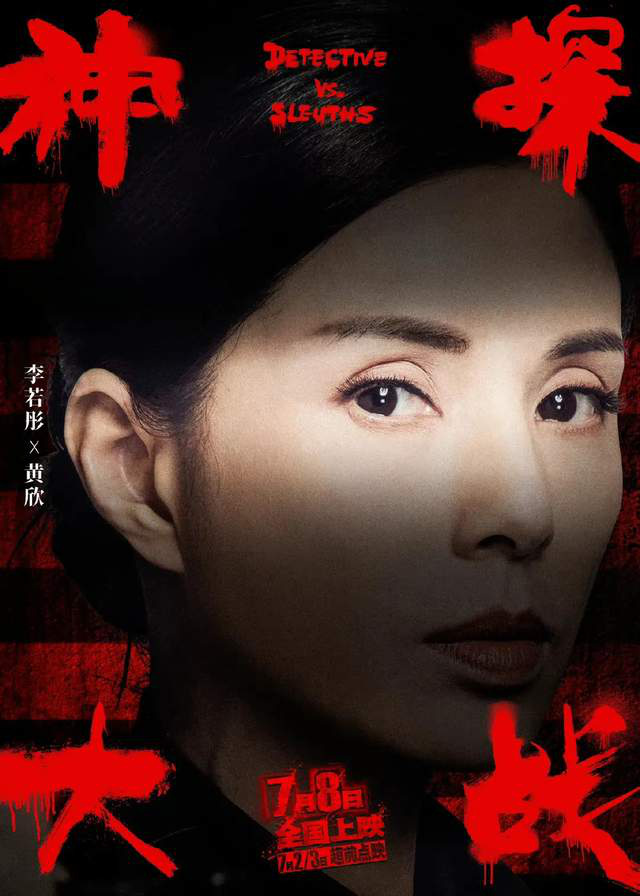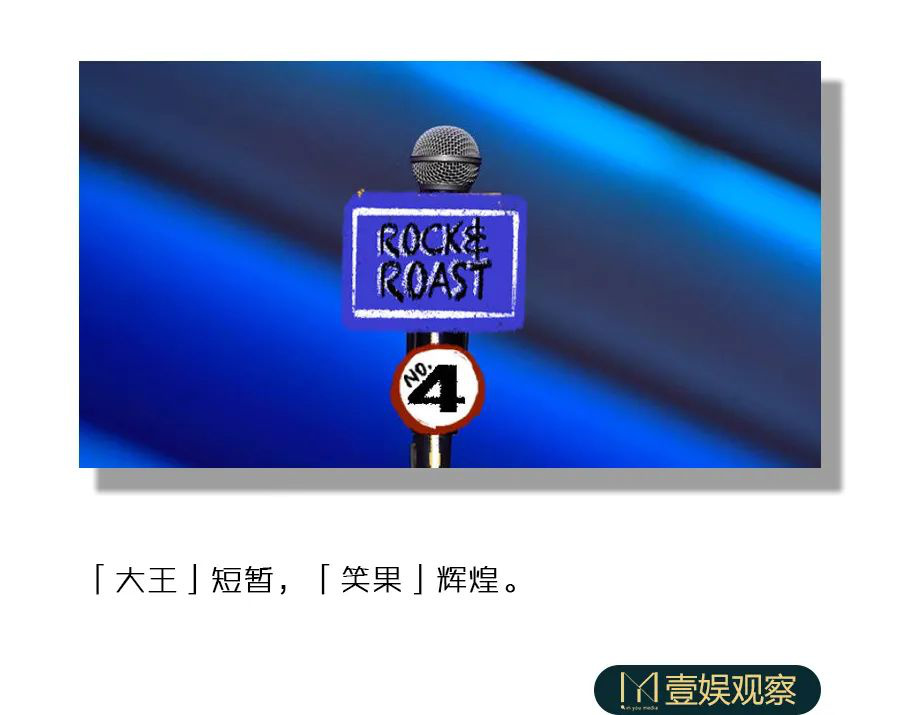
Text/Wang Xinyi
With Zhou Qimo winning the championship, Talk Show Conference 4 came to an end.
This is the first time since the four seasons that this talk show competition program, which was jointly produced by Tencent Video and Laughter Culture, has selected the champion of non-Laughter.
It seems that the promotion plan of Laughter Culture failed to achieve the best results. But perhaps, this season’s Talk Show Conference is a real success.
As for the platform data of the program, according to the data of Yien, as of October 13th, the cumulative broadcast volume of Talk Show Conference 4 was 2.57 billion, far ahead of 1.28 billion, 860 million and 1.47 billion in the three seasons. At the same time, after it was launched on August 10th, Talk Show Conference 4 basically appeared in the top three of the monthly list of Yi En Broadcasting Index. According to the statistics of Yunhe data, in Q3 (July 1, 2021—September 30, 2021), the effective broadcast of Talk Show Conference 4 was 253 million, ranking fifth in the top screen list.
In terms of topic, Talk Show Conference 4 performed well. He Guangzhi and Xu Zhisheng’s CP triggered a discussion on the whole network, and the topic of "appearance" became popular; Yang Li and her jokes are still frequent visitors to the hot search. # Yang Li said that the reason why she couldn’t fall in love # # Yang Li desperately wanted to take the king # # Yang Li said that she loved her brother and killed him #, etc., and they all boarded the hot search in Weibo; Wang Mian’s jokes about being kidnapped by masculinity and Pang Bo’s view that "marriage is not terrible" have also triggered a lot of discussions.
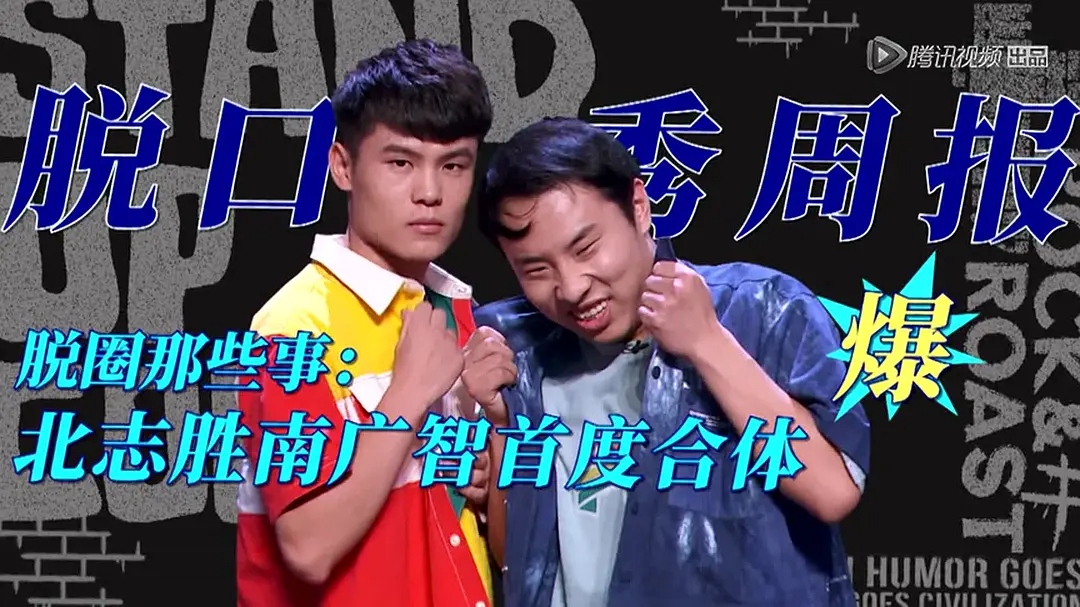
He Guangzhi and Xu Zhisheng
In addition, the dynamics of these talk show actors are also creating topics: the retirement of Wang Mian, Yan Yi and Yan Yue, and the performance in the form of "triplets"; Yang Mengen’s proposal during recording and broadcasting, and the "frontline situation" which was followed by many viewers during the broadcast all contributed to the topic and popularity of the program, not to mention the aforementioned "comedy door gods" He Guangzhi and Xu Zhisheng’s "Hiroshima Love" CP in full swing, and Xu Zhisheng’s love affair was also hilarious … There is nothing wrong with it, and Talk Show Conference 4 is still full of topics.
In addition,Even though "Talk Show Conference 4" did not produce a king who belongs to the laughing fruit culture, it pushed a group of actors of the laughing fruit culture to the stage.And let many of them have names in the audience’s impression, which is different from the previous "rushing passengers". At the same time,The related business chains such as actor excavation, actor training, actor performance, performance brokerage, etc. of Laughter Culture have been gradually formed and improved.Through programs, including Li’s constant "call back", these "industries" leap to the hearts of audiences, practitioners and brands.
"Shan Liren" is the king, but "Talk Show 4" still found a way to make the laughter culture win.
From "King" to "Li Xueqin" to a group of talk show actors.
In the first half of the finals, Pang Bo said: "Last year, the external environment was not good, and the company environment was even worse. At that time, there was a real feeling that we could only talk about talk shows for one year. But after the program was finished last year, I knew that we people could probably talk about what we don’t want to talk about. "
When "Talk Show Conference 3" was launched, offline entertainment activities were repeatedly affected by the epidemic, and the laughter culture itself was rumored to be "stormy".
At that time, the cancellation of the contract between Chizi and Laughter Culture was once heated, which made Laughter fall into the pressure of public opinion. The newly released "talk show king" can no longer appear in front of the audience, and more newcomers have not yet emerged, so they can only rely on the support of old actors.
At the same time, the first two seasons of "Talk Show Conference" have not been completed, which can only be regarded as triggering the popularity of talk shows and gaining a lot of voice in the circle. Another program of Laughing Fruit Culture, Tucao Conference, fell into the Tucao Conference early, and the douban score continued to decline.
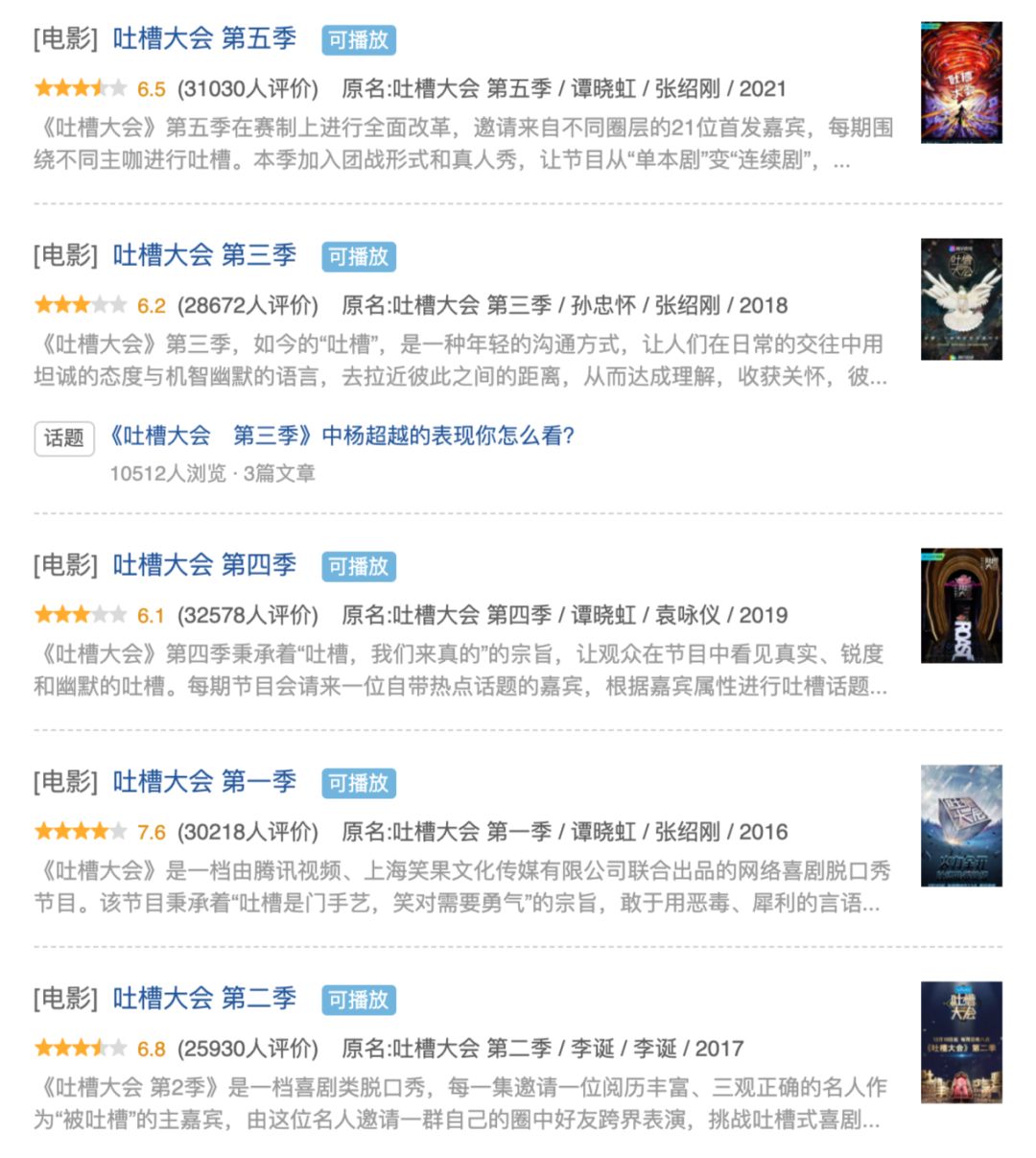
Douban screenshot
In a not-so-good situation, Talk Show Conference 3 was launched. Judging from the final effect, the laughing fruit culture has been saved.
First of all, the program is out of the circle. Li Xueqin’s "funeral" talk show, Wang Jianguo’s "Snow Country Train" CP, Yang Li’s talk about some men, etc., helped the program to win a high degree of topic, combined with social platform discussion and the second creation of short video platform, which became the social currency of many viewers.
At the same time, "Talk Show 3" also successfully introduced topical actors, and Li Xueqin, as the central actor of the topic, became the choice of many advertisers and variety shows. The commercial value and variety effects of Li Xueqin, a non-laughing cultural actor, have been wildly affirmed by the market, while Wang Mian, the "King" on the other side, has also participated in head variety shows such as Hahahahaha, but his attention has continued to decline, and he is also questioned from time to time as to whether the champion deserves it, which directly constitutes the jokes of many guests in Tucao Conference 5.
Despite the success in the program, many veteran actors are weak in pushing people. With Talk Show Conference 3, Laughter Culture seems to have only gained Yang Li, Wang Mian, who has a high degree of topic, and Li Xueqin, who does not belong to him.
In the fourth season, it seems that the "talk show king" is not so important. It is more necessary to bring more actors who are mainly laughing at the fruit to the audience and impress them.
After the accumulation of previous seasons, the previous newcomers have obviously grown up in this season, thus attracting the attention of the audience or going further, such as Yang Mengen, Xiao Bei, Wu Xingchen, etc. He Guangzhi’s popularity and attention have increased under the blessing of CP, and won the fourth place in the finals.
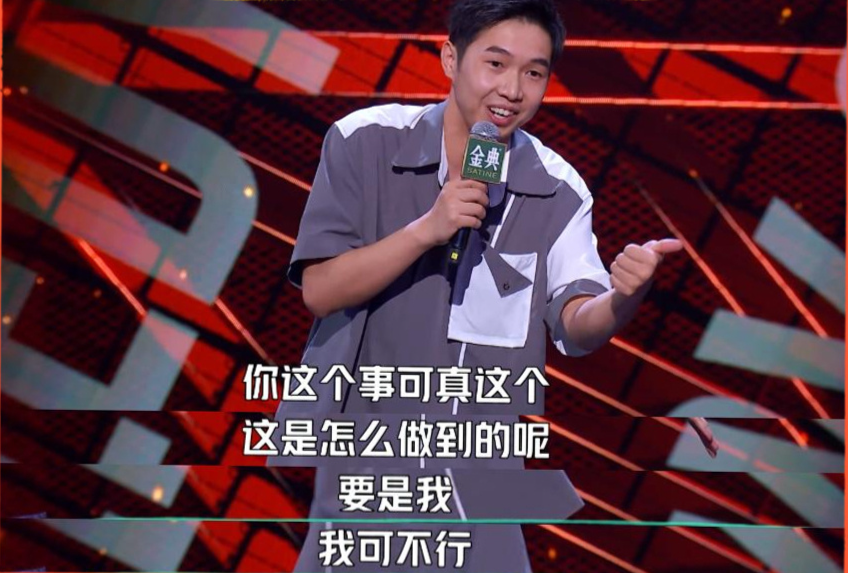
Screenshot of Yang Mengen’s program
Old actors still maintain their standards or regain their status: Meng Chuan, who was asked for "CP text" by the whole network, won 11 places this time; Cheng Luxi mentioned the new identity of "leader" and obtained new paragraph content and identity label; Yang Li still maintains "combat effectiveness" and becomes the topic of "manufacturing machine"; Pang Bo won the second place, which also proved the audience’s recognition of its strength.
At the same time, many newcomers in this season also have memorable labels or styles, such as the steady and somewhat "frustrated" style and excellent content of birds and birds, and the introduction of their participation in the "Tucao Conference 5", which was called "Cultural Tucao" and caused heated discussion, has already made many viewers remember her; Yang Bo, who reached the semi-finals with one-liner in the program, was also noticed for his performance style and manner. ……
The effect has already appeared.
Birds get idle fish business; The advertisements of Ping An’s good car owner and Tmall double 11’s grass planting machine appeared in He Guangzhi’s Weibo … And the off-line performances of talk shows were also carried out one after another. Only during the star performance season during the National Day (limited by the National Day), they landed in Changsha, Nanchang, Chengdu, Chongqing and Hangzhou, and the sales speed was not slow.
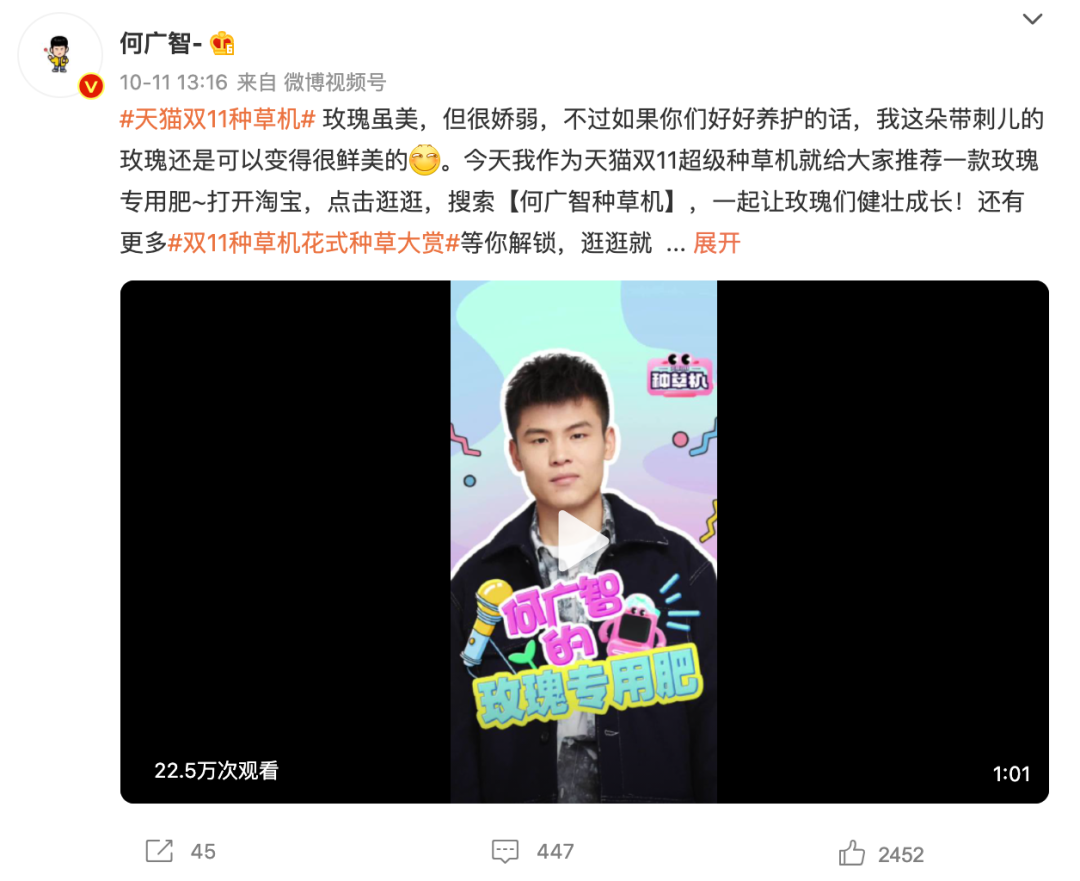
Weibo screenshot
Although Talk Show Conference 4 contains a large number of "non-comedians", it is not only the comedians of the comedian culture who are known and remembered by the audience, or the audience may not care so much about which company the actors belong to, but for the comedian culture, it is obviously better for a group of people to go up than just to gain a "talk show king" or "Li Xueqin" after just one season. After all, the market and the audience know more people and have gradually tended to "artist management"
However, in detail, the winner of this season’s "Talk Show Conference 4" is still the actor of Laughter Fruit. As far as the finals are concerned, although Zhou Qimo, the "ceiling", won the championship, the traces of his unique hot search are hard to find. On the night of the end of the program, # Talk Show Conference Ranking # # Hulan Yi Nan Ping # # Yang Li Elimination Speech # # Pang Bo Sincerity # # He Guangzhi Xu Zhisheng Best Combination Award # and other hot search high places.
In the case that the actor’s strength is online, the group of "Talk Show Conference 4" exerts its strength.Let the actor reserve and awareness of the laughter culture be improved, and it is bound to fully develop the performance broker and actor broker of the laughter culture.
Plate, chain and future are clearer.
"Zhang Haozhe is an outstanding graduate of Laughter Training Camp that we hold regularly every year." "We had a TIGHT5 competition in the audition before, and the top three actors could go straight to this place (Talk Show Conference 4)."
In the introduction of several contestants in Talk Show Conference 4, the above words appeared in their prefixes.
This may also be another blessing of "Talk Show Conference" to the laughing fruit culture-what the training mode of a new actor should be.
According to reports, Xiaoguo Culture currently has four business centers: variety content production center-producing variety content for mass entertainment, such as talk show conference and tucao conference; Offline performing arts development center-mainly responsible for offline performance business, theater management, innovative business research and development, etc., and introducing users from online to offline comedy consumption scenes, such as the talk show theater of "Laughing Fruit Factory" and "GOAT Goal"; Star artist brokerage center-artist brokerage business born of content; Integrated marketing service center-formulate promotion strategy for the brand side and penetrate into the user level through marketing.
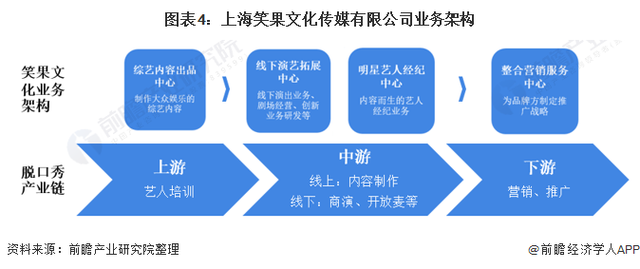
Whether for online programs or offline performances, actors, especially new actors, are constantly appearing, which are very important. They can not only bring more freshness to the program, but also provide more possibilities for offline performances and the development of the company. The TIGHT5 competition and training camp in the sea election are undoubtedly one of the ways to solve the problem of "where do newcomers come from" and "how to cultivate them".
Yiyuguancha (ID:yiyuguancha)I once interviewed Lucy, the manager of Xiamen Laikuang Comedy Club, in How a Talk Show Club in a Second-tier City "Survived for Seven Years".She said that the development of comedy clubs is inseparable from several factors, one of which is the need for regular performance arrangements and a complete training system.These offline activities, which have been mentioned many times in the program, illustrate the whole excavation and cultivation system of laughter, and make them known to more people, pointing out a channel for more people who are interested in entering this field and becoming talk show actors.
Tong Mo-nan and Zhang Hao-zhe were the champions and third place in the first season of the Tiger 5 national talk show competition. The former scored more than Zhou Qimo in the theme qualifying competition, while the latter advanced directly with four TIGHT5 in the first round and went all the way to the semi-finals. The top three in the second season are Tong Mo Nan, KID and Duck Down. Together with Bu Jingyun, who was resurrected by Li Birthday, they all appeared on the stage of Talk Show Conference 4.
The piling up of details in Talk Show Conference 4 shows the professionalism of laughter culture. Whether more comedians are added, or the "new content" is kept at a high level, or more new people are discovered through the TIGHT5 national talk show competition, whether these actors come from the laughing fruit culture or not, the future new talent reserve of Talk Show Conference is full of expectations, which also brings more possibilities to the program.

TIGHT5 national talk show competition
The laughing fruit culture, which was first noticed by a wider audience with online content, has gradually realized the drainage from online to offline. In the channel of small program ticket purchase, most performances are shown as sold out except those that have not been invoiced. Many peopleYiyuguancha (ID: yiyuguancha)expressTraveling to Shanghai by yourself, and watching performances at the Laughter Fruit Factory are also within the itinerary.
After the success of Talk Show Conference 3, the comedian culture turned over. Through Talk Show Conference 4, a group of talk show actors with both stable old people and strong newcomers appeared, which made the comedian culture less vocal this season. At the same time, the reserve of actors who could attract the attention of the market and the audience was further improved, and to some extent, it could also feed back offline performances and more business models. Through several seasons’ programs, the excavation and training mechanism of Laughter Culture for new people is also improving and being seen by more people.
With the series of "Talk Show Conference" and "Tucao Conference", the service map of Laughter Culture has been further expanded, and business customers such as Didi and Aauto Quicker have also offered olive branches to Laughter Culture. At the time of the fourth season’s champion award, Zhou Qimo said with a smile, "I even hope to have a better program than the Talk Show Conference." Later, Li Birthday also said at the end: "We will try new programs this year." There is nothing wrong with it. The success of the benchmark of "Talk Show Conference" has already tested a road from "building a stage" to "serving the ecology" for the laughing fruit culture.
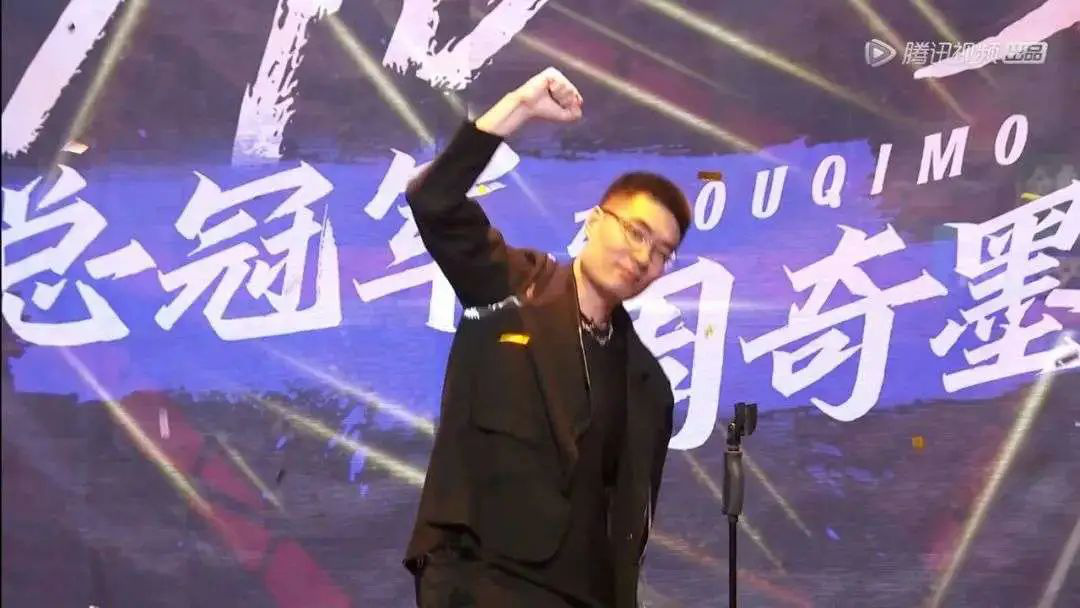
Zhou Qimo won the championship.
Unable to keep the "talk show king" out of the laughter, Talk Show Conference 4 finally learned to better "hold" the laughter culture.In addition to dominating the domestic talk show track, Laughter Culture has also made itself successful in the content industry, and its commercial effect has been continuously proved and publicized to the whole market.
As a "king", it doesn’t seem to be such an important program. What the audience expects is probably that more actors can get on the stage and perform high-quality jokes. After all, comedy shows, happiness is the first.
The road of "involution" of comedy has also been officially opened, and there will be no organizer in the next annual "comedy contest" market.




